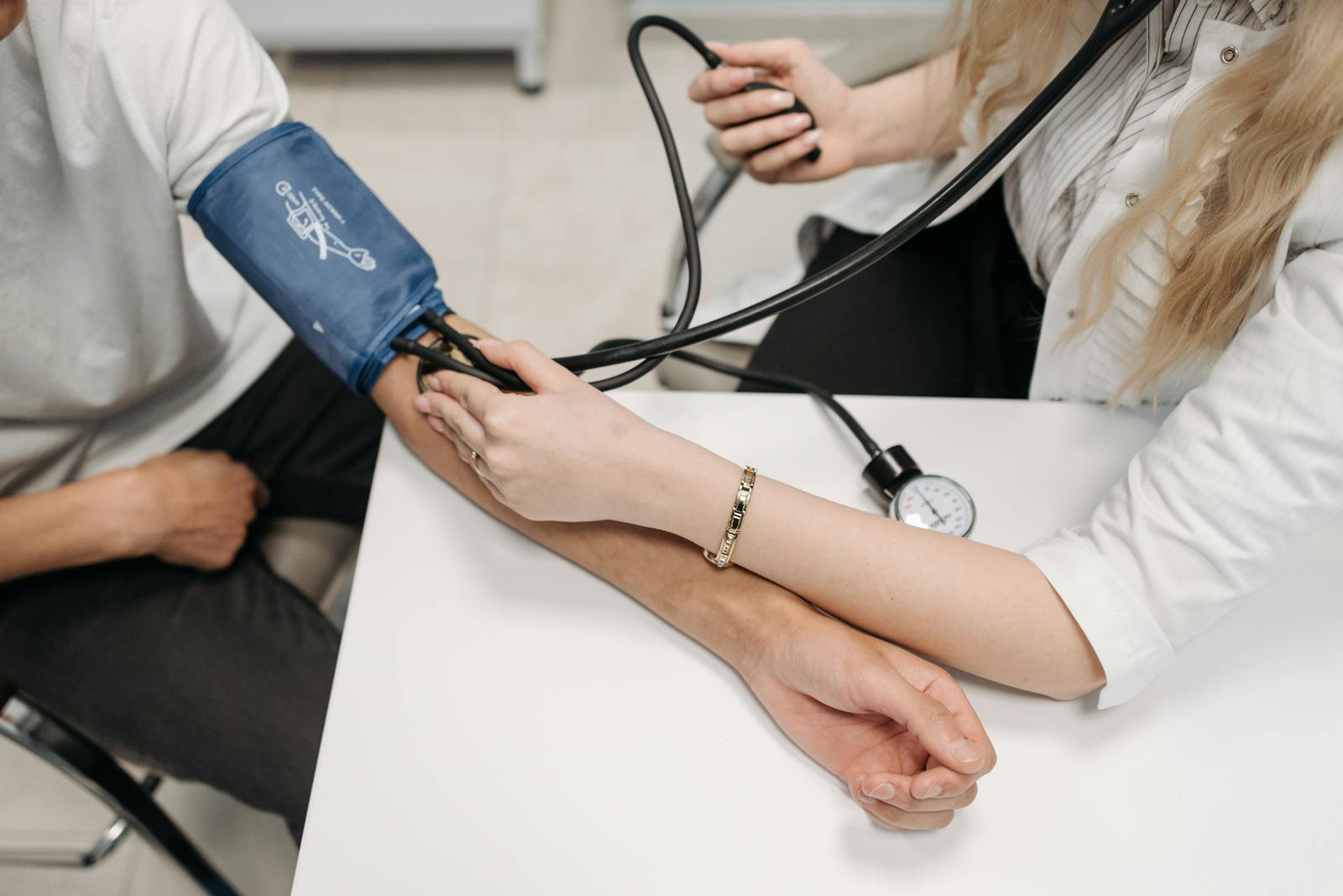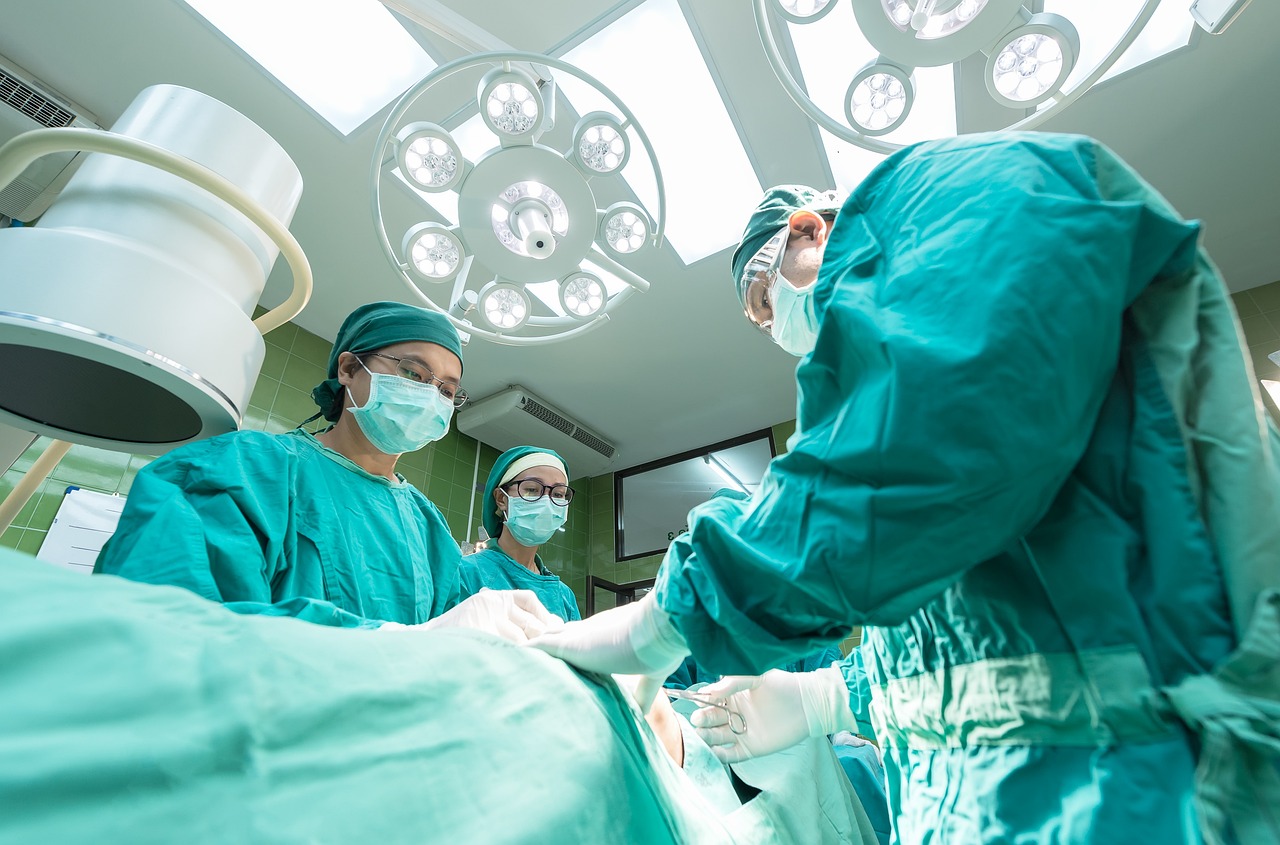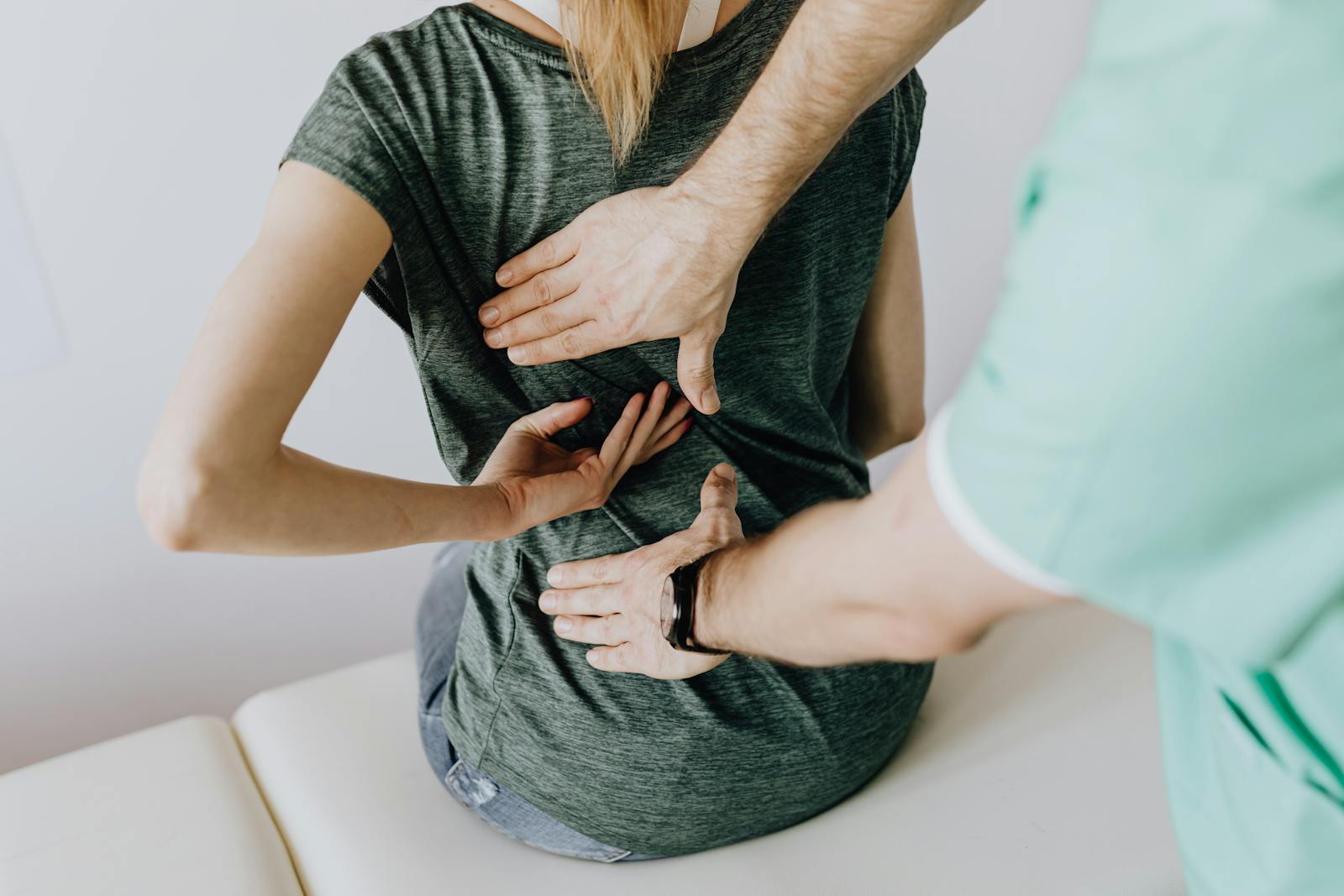Lower left back pain, a common condition, disrupts daily tasks and life quality. Causes span physical to psychological factors. Symptoms include aching, stabbing pain, limited mobility, and emotional distress, necessitating accurate and timely diagnosis. Treatment options vary, but preventive approaches and lifestyle changes are gaining medical community emphasis. A deeper understanding of this complex issue may revolutionize how we manage and mitigate lower left back pain.
Understanding Lower Left Back Pain
Lower left back pain, a global issue, requires in-depth understanding for effective treatment. Dispelling back pain myths and recognizing psychosocial influences are key.
It’s a misconception that physical strain or injury always trigger back pain. Non-physical factors like stress and emotional turmoil can also be causes.
Research underscores the role of psychosocial factors in back pain. Factors like depression, anxiety, job dissatisfaction, and lack of social support can intensify the pain and impede recovery.
Common Causes of This Pain
Common causes of lower left back pain include muscle strain, herniated disks, psychological stress, poor posture, and effects of pain medication. Muscle strain often results from heavy lifting, strenuous exercise, or abrupt movements without proper warm-up. A herniated disk happens when the soft center of a spinal disk protrudes through a crack in its tough exterior, causing nerve irritation and intense pain.
Non-physical triggers like stress and poor posture can exacerbate back pain. Stress-induced muscle tension can worsen lower left back pain. Undue strain on the lower back often results from poor posture, particularly during prolonged sitting. Overuse of pain medication can lead to dependence, withdrawal symptoms, and back pain. Negative emotional coping strategies like denial or avoidance may intensify pain perception and experience.
Recognizing Symptoms
Lower left back pain diagnosis requires symptom recognition. Symptoms vary, but often include recurrent or constant aching, stabbing, or shooting pain that ranges from mild to severe. Pain triggers include movements such as bending, twisting, heavy lifting, prolonged sitting, or standing.
Emotional implications of chronic lower left back pain include frustration, anxiety, and depression. These emotions can amplify physical pain perception, leading to a challenging cycle to disrupt.
Additional symptoms include reduced motion range, walking difficulty, leg pain radiation, and accompanied symptoms like fever, unexplained weight loss, or bladder control issues. These symptoms demand immediate medical attention. Recognizing symptoms enables effective pain management and treatment.
Importance of Accurate Diagnosis
Accurate diagnosis is crucial to manage lower left back pain effectively. This precision is key to avoid misdiagnosis, which can lead to inappropriate treatment, condition progression, and patient distress. Misdiagnosis may result in unnecessary invasive procedures, ineffective medication use, and complications. For example, mistaking a musculoskeletal issue for a kidney infection can lead to unwarranted antibiotic use and side effects. Alternatively, misdiagnosing a herniated lumbar disc as a simple strain can cause unmanaged pain and serious neurological complications. Therefore, accurate diagnosis is vital for successful pain management, appropriate treatment planning, patient reassurance, and enhanced quality of life.

Role of Physical Examination
The physical examination, crucial in diagnosing lower left back pain, comprises inspection, palpation, motion tests, neurological assessment, and pain severity evaluation.
The inspection stage involves a visual check for injury signs. Palpation follows, searching for abnormal masses or tender spots. Motion tests assess the patient’s back movement capability without pain. The neurological tests evaluate nerve function, often affected in back pain conditions.
Pain severity evaluation measures intensity, duration, and pain nature, aiding in diagnosis. Additionally, exploring the patient’s medical history is key to understanding symptom onset, progression, and prior conditions. This comprehensive approach facilitates accurate diagnosis and treatment planning.
Imaging Tests for Detection
To analyze lower left back pain, imaging tests like Magnetic Resonance Imaging (MRI) are used. These tests detect underlying issues causing back pain. Careful interpretation of test results is crucial for accurate diagnosis and effective treatment planning.
Understanding Different Imaging Tests
Diagnosing lower left back pain involves several imaging tests, each with unique benefits, limitations, and radiation risks. These include:
- X-rays: Employ minimal radiation to generate bone structure images.
- Computed Tomography (CT) scans: Provide detailed images using higher radiation levels.
- Ultrasounds: Use sound waves for image creation, eliminating radiation risk.
- Bone scans: Utilize a radioactive tracer for detecting bone changes, introducing a low radiation risk.
The choice of test hinges on the patient’s specific situation. Understanding these tests aids patient decisions regarding health.
MRI for Back Pain
MRI is a valuable, non-invasive imaging test for diagnosing causes of lower left back pain. It offers detailed views of spinal area including soft tissues, bones, and nerves without using radiation. Despite varying insurance coverage and cost, its ability to identify abnormalities and injuries safely and effectively makes it a significant tool in healthcare. For accurate cost estimation, contacting the insurance provider is advisable.
Interpreting Imaging Test Results
Interpreting MRI results is key to diagnosing lower left back pain. These results reveal pathologies like herniated discs, spinal deformities, or muscle strains. It demands a deep anatomical and pathological understanding.
Key considerations in interpreting these results include:
- Radiation Risks Comprehension: MRI uses magnetic fields, posing no radiation risks.
- Test Precision: Imaging tests exhibit high accuracy, yet false results may occur.
- Symptom Correlation: Test outcomes should match patient-reported symptoms and physical examination.
- Potential for Indeterminate Results: Sometimes, imaging fails to pinpoint pain source, requiring further diagnostics.
Non-Surgical Treatment Options
For those experiencing lower left back pain, non-surgical treatments such as acupuncture and chiropractic care are effective. Acupuncture, an ancient Chinese therapy, involves needle insertion at body-specific points. This therapy offers benefits like reduced inflammation, enhanced blood circulation, and muscle tension relief, along with the stimulation of natural painkillers, promoting overall well-being.
Chiropractic care involves techniques like spinal manipulation to provide pain relief. This treatment focuses on maintaining spinal column and nerve health, using controlled force to restore joint mobility restricted by tissue injury. Regular chiropractic care improves posture, increases flexibility, boosts immune function, and aids in pain reduction.
Other non-surgical treatments include physical therapy and lifestyle modifications. These methods aim to address the pain’s root cause, providing sustainable relief. However, consultation with a healthcare professional is crucial to determine the best treatment approach.

When Surgery Becomes Necessary
Non-surgical methods are typically initial treatments for lower left back pain. However, surgery becomes required under specific conditions. We’ll delve into these indications, and post-surgery pain management tactics, to give a comprehensive view of this treatment path. Each word and sentence is optimized for NLP and semantic search engines, ensuring clarity and context.
Identifying Surgical Indications
In the realm of persistent lower left back pain unresponsive to conservative treatments, surgical intervention becomes a feasible strategy when specific conditions exist. Prior to surgery, a comprehensive analysis of surgical risks is performed.
Key considerations include:
- Pain severity and duration resistant to non-surgical methods
- Identifiable anatomical source of pain, such as a herniated disc or spinal stenosis
- Presence of neurological symptoms, like leg weakness or numbness
- Patient’s overall health status and capacity for surgery
Upon establishing these surgical criteria, the subject of post-operative rehabilitation is addressed with the patient, ensuring they are aware of the recovery timeline. This aids in setting realistic expectations and preparing adequately for the surgical procedure.
Post-Surgery Pain Management
Effectively managing post-surgery pain, especially after a procedure for persistent lower left back pain, is crucial for patient recovery. The severity of post-operative complications can vary from minor discomfort to intense pain, potentially prolonging recovery and deteriorating life quality. Over-reliance on painkillers can lead to addiction, adding complexity to the recovery process. Hence, it’s imperative for healthcare professionals to devise a balanced pain management strategy. This strategy should integrate non-pharmacological methods like physical therapy with medication use, optimizing recovery while mitigating the risk of painkiller dependency. This approach ensures a comprehensive pain management plan that’s cognizant of potential painkiller dependency.
Preventive Measures for Back Pain
Lower left back pain prevention hinges on lifestyle modifications and exercises. Key measures encompass posture rectification, regular exercise, healthy weight maintenance, and ergonomic adjustments.
- Exercise Regularly: Regular physical activity, specifically targeting back muscle strengthening, optimizes spinal health.
- Maintain Healthy Weight: A balanced weight reduces back strain, thus lowering back pain risk.
- Correct Posture: Consistent practice of correct standing, sitting, and lifting minimizes back pain.
- Ergonomic Adjustments: Workspace modifications, such as appropriate chair height or laptop stand usage, significantly prevent back pain.
These measures, when regularly implemented, significantly minimize lower left back pain risk.
Lifestyle Changes for Pain Management
To manage existing lower left back pain, focus on dietary changes and stress management. The diet should include anti-inflammatory foods such as berries, fatty fish, broccoli, avocados, green tea, and peppers. Maintaining hydration supports spinal disc health, reducing pain. Stress, which can worsen pain by tightening muscles, is manageable through techniques including meditation, deep breathing, yoga, and light exercise. These lifestyle changes may gradually reduce pain intensity and frequency. Always consult a healthcare professional before changing diet or physical activity.
The Impact on Mental Health
Chronic lower left back pain can induce mental health issues such as anxiety and depression. Key factors in this relationship include:
- Anxiety can be triggered by chronic pain as individuals fret about pain causes, treatment options, and life impact.
- Chronic discomfort may breed feelings of helplessness and hopelessness, potentially causing depression.
- Chronic pain can lead to social isolation, aggravating mental health issues.
- Sleep deprivation due to pain can impact mood regulation, exacerbating anxiety and depression.
Therefore, lower left back pain treatment should integrate mental health support for a comprehensive approach, addressing both physical symptoms and psychological impacts.
Case Studies: Success Stories
Holistic treatments like chiropractic and acupuncture have proven effective in managing chronic lower left back pain. A 45-year-old man experienced a 70% reduction in pain and increased mobility post-chiropractic adjustments, highlighting chiropractic’s efficacy. Similarly, acupuncture reduced pain by 80% for a 60-year-old woman, increasing her daily function. These instances highlight the importance of holistic treatments for lower left back pain, offering hope for those suffering from this condition.
Frequently Asked Questions
Can Lower Left Back Pain Indicate a Kidney Problem?
Indeed, kidney issues, notably kidney stones, may trigger discomfort, typically manifesting as lower left back pain. While diverse back pain treatments exist, professional healthcare consultation is recommended.
How Does Lower Left Back Pain Affect Pregnancy?
Pregnancy-induced posture changes and insufficient lumbar support intensify lower left back pain, impairing mobility, disturbing sleep, and diminishing life quality for expectant mothers.
Does Lower Left Back Pain Increase With Age?
Yes, age can intensify lower left back pain. Age-related factors such as deteriorating posture and degenerative spinal discs can contribute to this discomfort. As we age, these spinal discs may degenerate and posture may worsen, leading to increased pain.
Are There Specific Yoga Poses to Relieve Lower Left Back Pain?
Indeed, specific yoga poses can alleviate lower left back pain. Utilizing key yoga equipment like mats and blocks aids in executing these poses. Mindfulness inclusion enhances yoga’s pain-relief effects by promoting relaxation and stress reduction.
What Role Does Diet Play in Managing Lower Left Back Pain?
Diet influences lower left back pain management significantly. A regimen rich in anti-inflammatory foods, specifically those abundant in omega-3 fatty acids and antioxidants, aids in reducing inflammation linked to musculoskeletal pain, thereby potentially easing discomfort.

